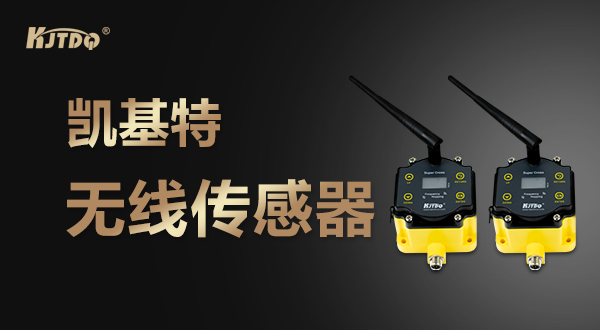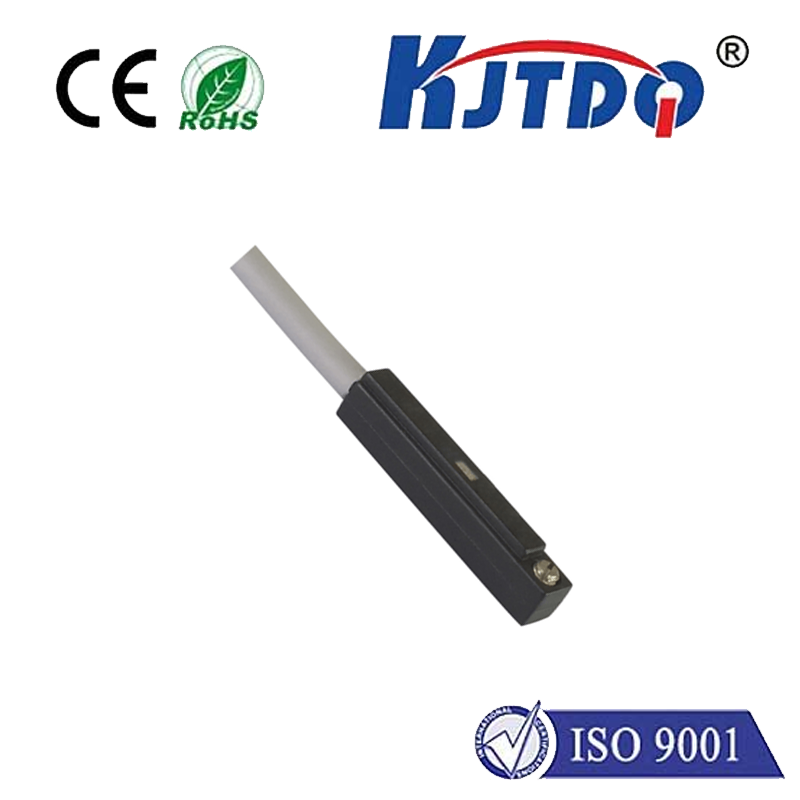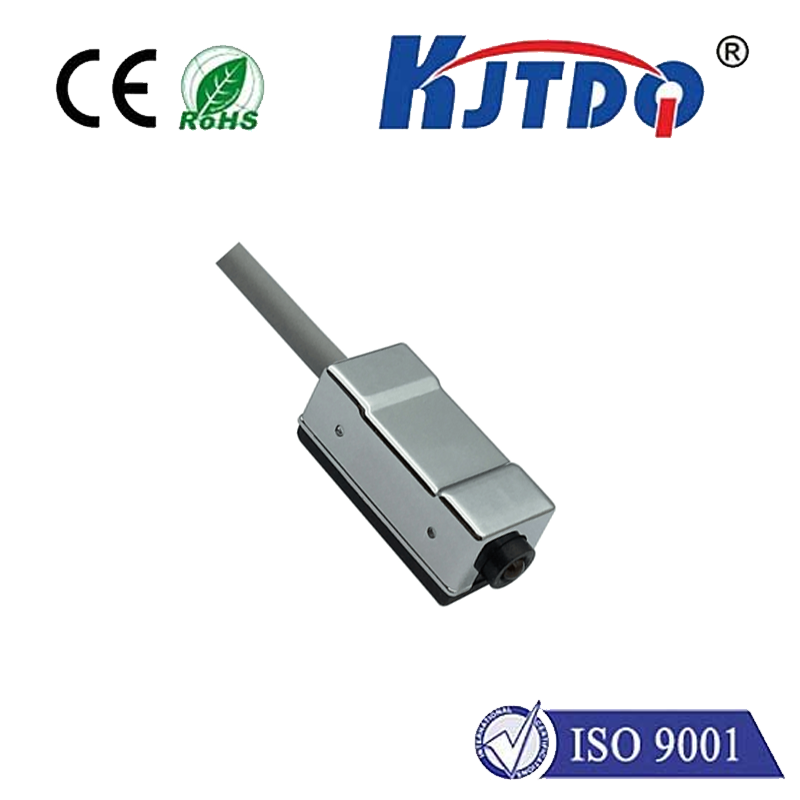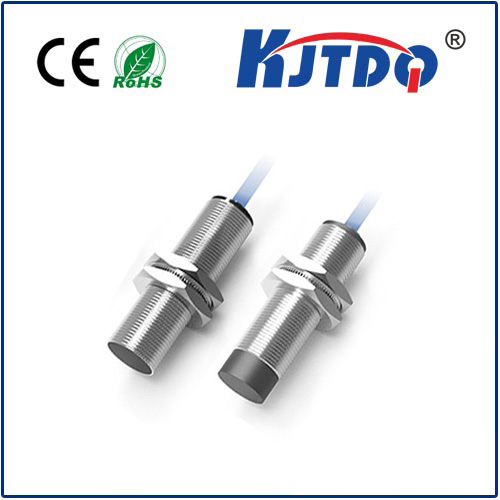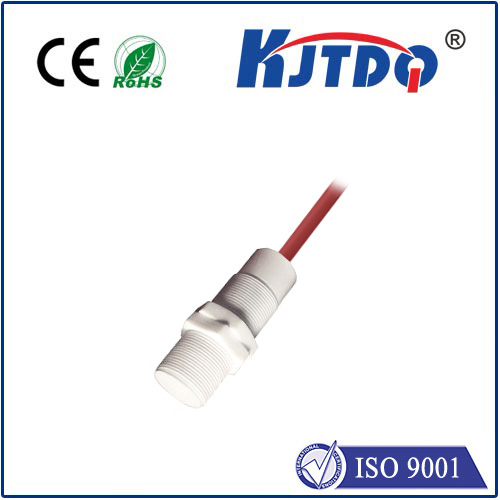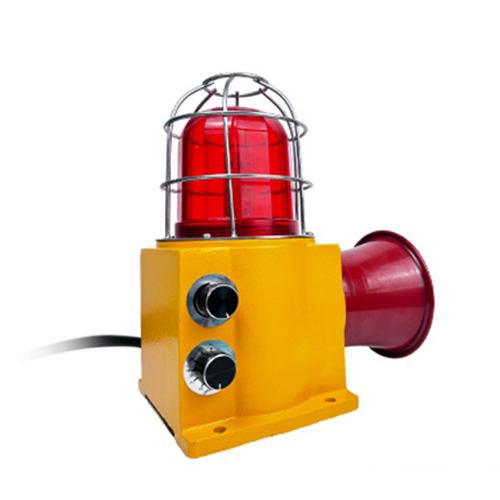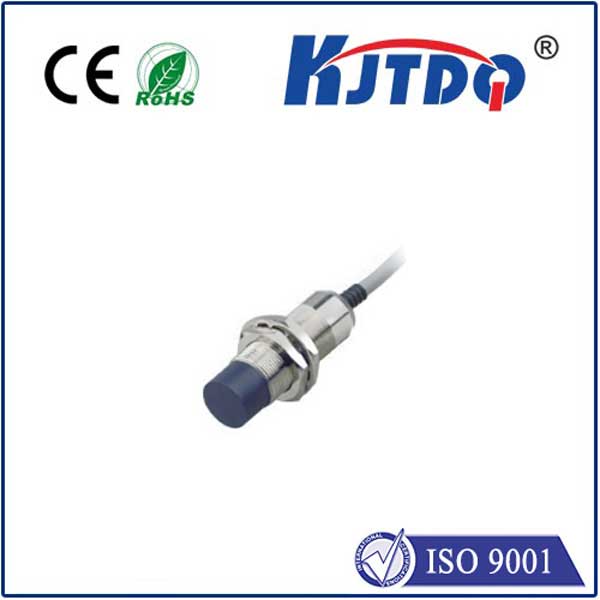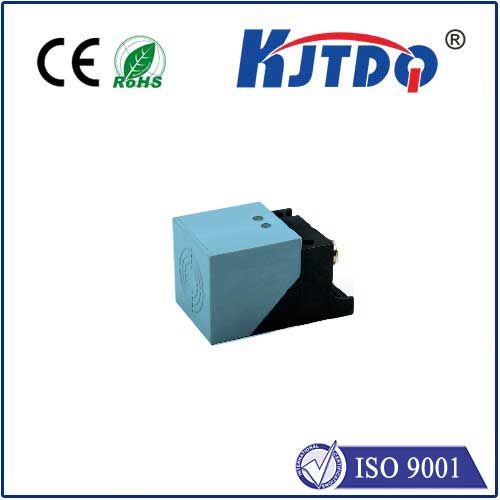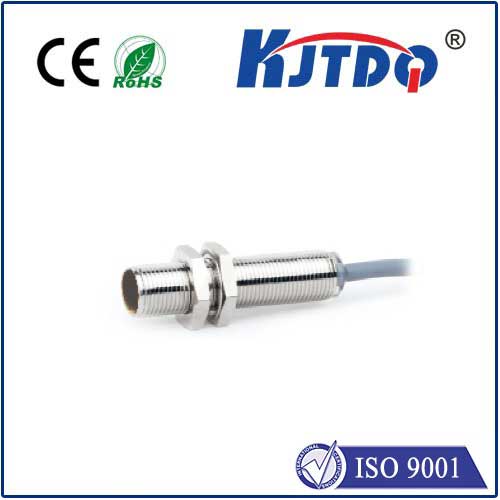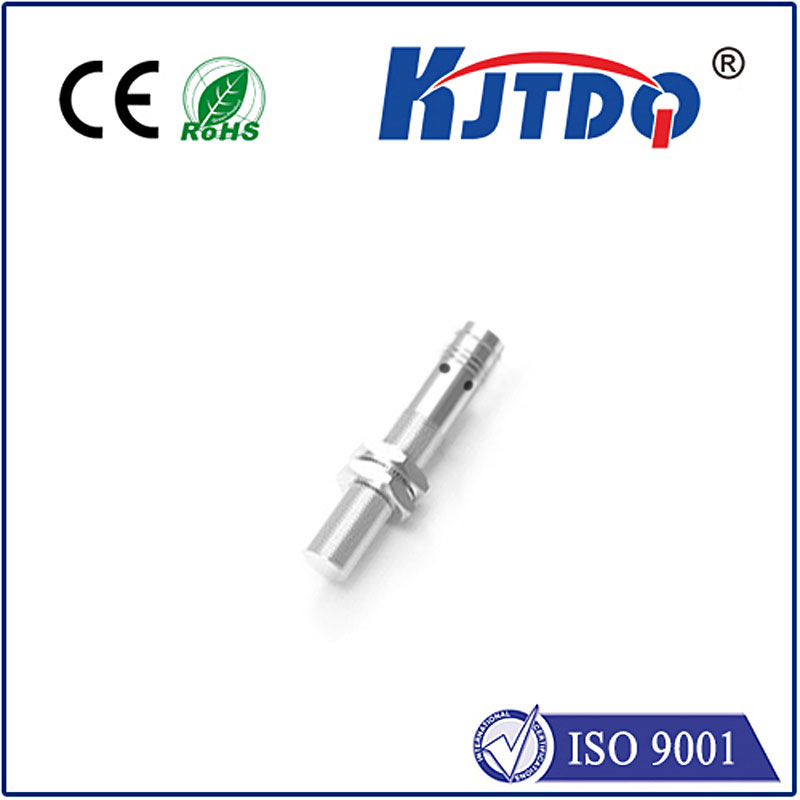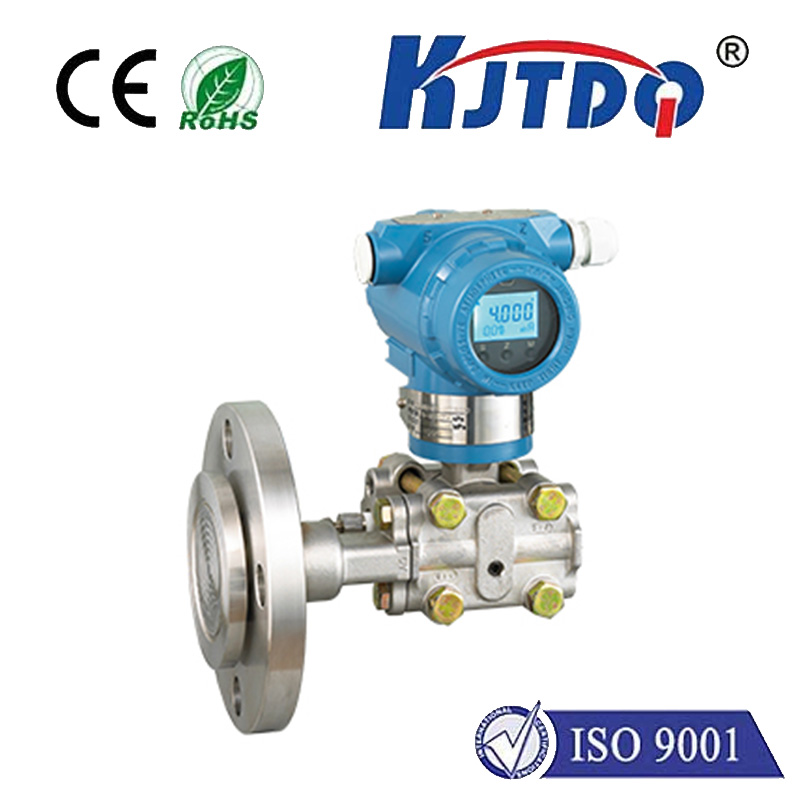датчик наклона
- time:2025-08-27 08:58:54
- Нажмите:0
The Ultimate Guide to Tilt Sensors: Types and Applications in Modern Technology
Have you ever marveled at how your smartphone screen flips automatically when you tilt it, or considered how gigantic construction equipment stays level enough to operate safely? Behind these seemingly simple actions lies a critical piece of technology: the tilt sensor. These unassuming devices are fundamental components in countless applications, silently monitoring orientation to ensure safety, optimize performance, and unlock new functionalities across diverse industries. Understanding how they work and where they excel reveals their indispensable role in our tech-driven world.
What Exactly is a Tilt Sensor?
At its core, a tilt sensor (also known as an inclination sensor or clinometer) is a device designed to measure the angle of inclination or orientation of an object relative to the force of gravity. Essentially, they detect tilt – whether something is perfectly level, leaning at an angle, or completely upside down. This measurement is crucial for systems that need to understand or maintain their spatial orientation dynamically.
The Core Principle: Sensing Gravity

Most modern tilt sensors rely on the fundamental principle that gravity provides a constant reference direction downward towards the Earth’s center. They incorporate elements whose properties change predictably when subjected to this gravitational force. Common sensing mechanisms include:
- MEMS (Micro-Electro-Mechanical Systems) Accelerometers: These are the most common type found today, especially in consumer electronics. They use microscopic structures etched onto silicon chips. When tilted, tiny seismic masses within the structure move due to gravity, causing measurable changes in capacitance (capacitive MEMS) or generating a piezoelectric charge. These minute electrical changes are translated into precise angle measurements. Their small size, low power consumption, and mass-producibility make them ideal for phones, wearables, and many industrial uses.
- Electrolytic Tilt Sensors: Often used for high-precision applications requiring excellent stability and robustness, these sensors contain a small vial partially filled with a conductive fluid. Multiple electrodes within the vial measure the fluid’s resistance as it moves due to tilt, creating an electrical signal proportional to the angle. They excel in environments with vibration and temperature fluctuations.
- Pendulum-Based: Traditional mechanical tilt switches or sensors sometimes use a pendulum mechanism. A weighted pendulum moves with gravity, opening or closing electrical contacts (in a simple switch) or activating a potentiometer (for analog angle measurement). These are robust but typically less precise than MEMS or electrolytic types for continuous measurement.
- Solid-State (Magnetoresistive & Others): Utilize materials that change electrical resistance when influenced by the Earth’s magnetic field relative to their orientation. Often combined with accelerometers in AHRS (Attitude and Heading Reference Systems) for more complex motion sensing.
Key Performance Parameters for Tilt Sensors:
Choosing the right tilt sensor requires understanding critical specs:
- Range: The maximum tilt angle the sensor can measure (e.g., ±15°, ±90°, 360°).
- Accuracy: How close the measured angle is to the true angle, usually specified in degrees.
- Resolution: The smallest change in angle the sensor can detect.
- Output Signal: Analog (voltage or current proportional to angle), Digital (e.g., PWM, I2C, SPI), or simple switch (on/off).
- Bandwidth/Response Time: How quickly the sensor reacts to changes in tilt.
- Environmental Robustness: Tolerance to temperature extremes, shock, vibration, and humidity. This is paramount for harsh industrial settings.
- Mounting Alignment: Ensuring the sensor is perfectly level at its “zero” position is critical for accuracy.
Pervasive Applications: Where Tilt Sensors Make a Difference
The versatility of tilt sensors ensures their presence in an astonishing array of fields:
- Automotive & Transportation: Vital for Electronic Stability Control (ESC) systems, detecting vehicle roll angle to prevent rollovers. Used in rollover protection systems (ROPS) for heavy machinery, headlight leveling, advanced driver-assistance systems (ADAS), and even monitoring cargo tilt in trucks. They are critical for passenger safety.
- Construction & Heavy Equipment: Ensuring cranes, excavators, aerial platforms, and graders operate within safe tilt limits. Inclinometers monitor the structural integrity of buildings, dams, bridges, and excavations during construction and over their lifespan. Preventing catastrophic failure is key.
- Industrial Automation & Robotics: Enabling position feedback for robotic arms, aligning machinery, monitoring conveyor belt angles, and controlling automated guided vehicles (AGVs) navigating slopes. They are fundamental for precise control and process optimization.
- Consumer Electronics: Integral to automatic screen rotation in smartphones and tablets, image stabilization in cameras, gesture control interfaces, and gaming controllers detecting motion.
- Воздушно - космические и Оборона: Providing attitude indication for aircraft, satellites (solar panel alignment), and drones. Used in missile guidance systems and platform stabilization. Requires extreme precision and reliability.
- Сельское хозяйство: Leveling implements on tractors, monitoring the tilt of harvesters on slopes, and ensuring sprayers operate efficiently and accurately.
- Medical Devices: Used in surgical tables, patient positioning systems, rehabilitation equipment, and portable medical instruments requiring precise orientation.
- Energy: Positioning solar panels for optimal sun tracking. Monitoring wind turbine blade pitch and tower lean.
- Asset Tracking & Security: Detecting the movement or tilting of valuable assets or enclosures (like ATMs or safes) for security alerts.
The Future: Smarter Integration
Tilt sensor technology continues to evolve. MEMS sensors are becoming even smaller, cheaper, more accurate, and less power-hungry, enabling their proliferation into the Internet of Things (IoT). Advanced sensor fusion techniques combine tilt data with inputs from accelerometers, gyroscopes, and magnetometers within Inertial Measurement Units (IMUs) to provide comprehensive 3D orientation and navigation solutions. This integration is unlocking new levels of autonomy and intelligence in systems from drones to factory robots.
From preventing rollover accidents on the highway to ensuring your phone display works intuitively, датчик наклона are ubiquitous, reliable, and essential facilitators of modern technology. Understanding their diverse types, underlying principles like gravitational force sensing, and vast array of critical applications – from construction safety and industrial control to consumer electronics features – underscores their transformative impact. As technology pushes towards greater autonomy and interconnectedness (networked systems), the precise and dependable measurement provided by these sensors will only become more vital.

